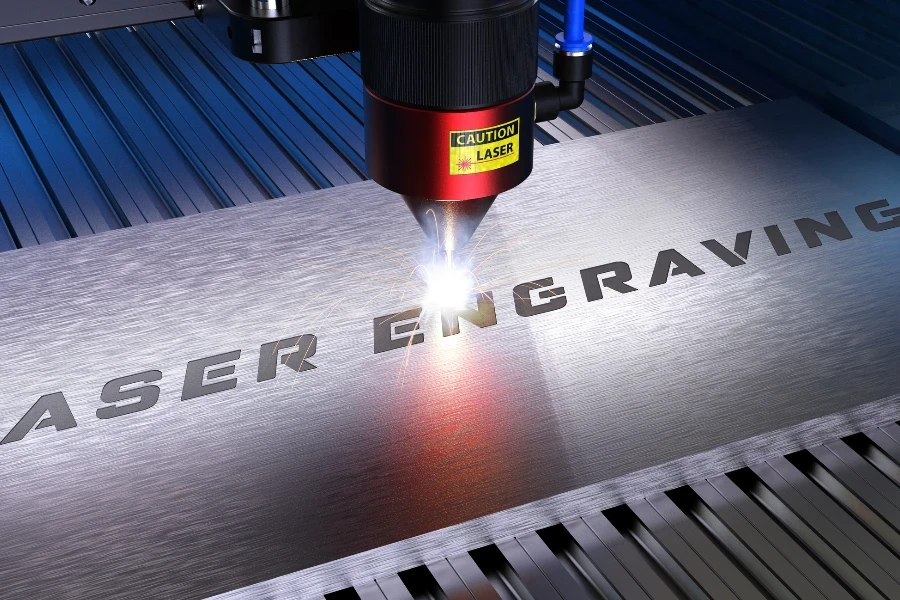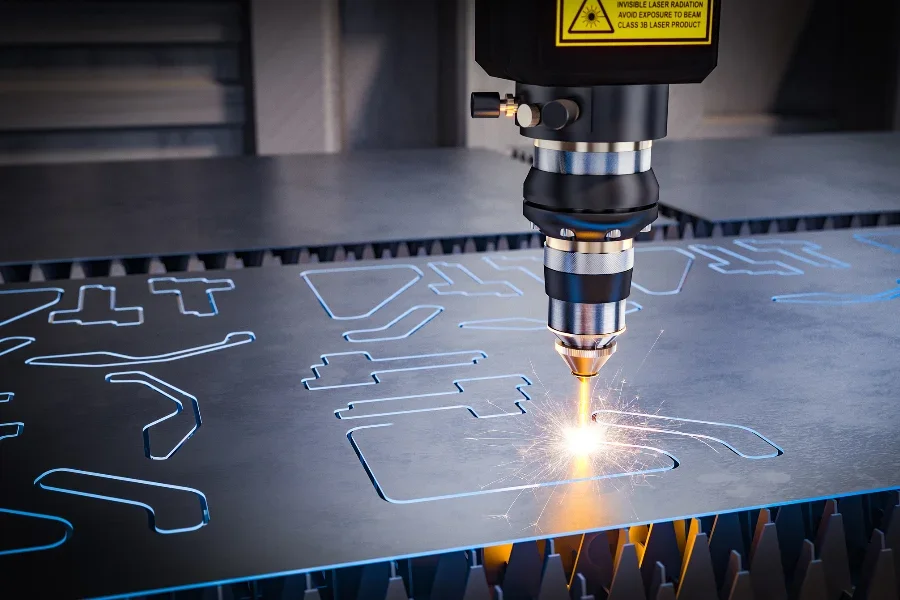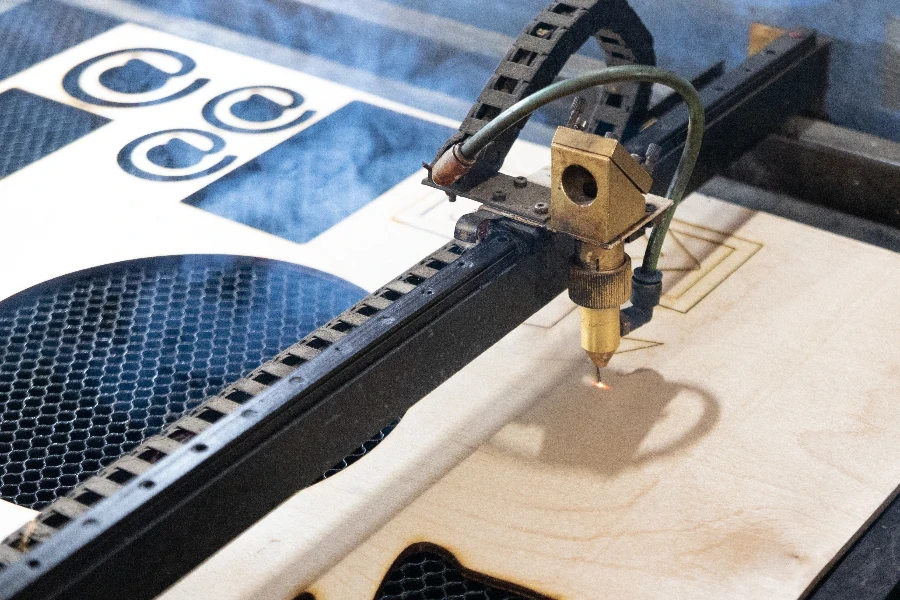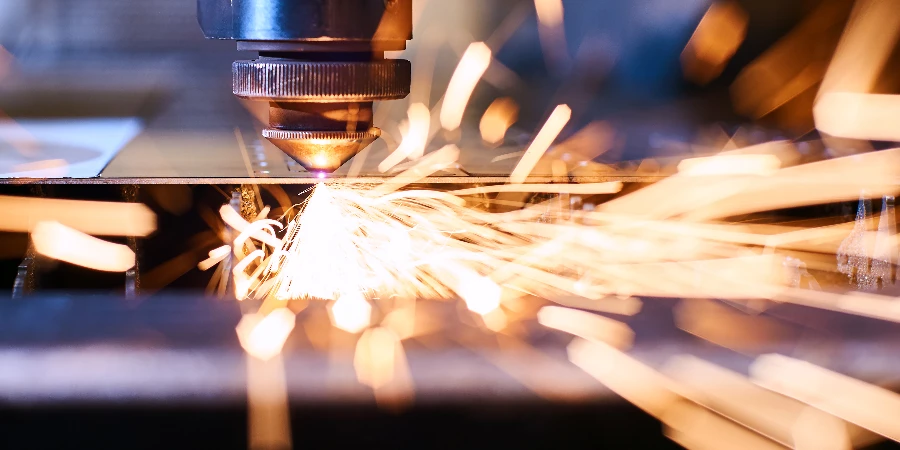The realm of machinery has been significantly transformed with the advent of laser technology, particularly through the use of laser engravers. These sophisticated devices harness the power of lasers to etch, mark, or engrave designs onto various materials with precision and speed. This article aims to demystify the technology behind laser engravers, explore their multifaceted applications, delve into the benefits they offer, and provide guidance on selecting the right laser engraver for specific needs. By understanding these key areas, users can make informed decisions that maximize the potential of laser engraving in their projects or businesses.
Table of Contents:
– Understanding laser engraving technology
– Applications of laser engravers across industries
– Key benefits of using a laser engraver
– How to choose the right laser engraver
Understanding laser engraving technology

Laser engraving technology stands out for its precision and versatility, allowing for intricate designs on a wide array of materials. At its core, a laser engraver directs a high-powered laser beam onto a material’s surface, vaporizing the area it touches to create a mark. This process can be adjusted in power and speed to suit different materials and desired depths of engraving.
The technology behind laser engravers has evolved, incorporating advanced software that enables users to control the engraving process with high accuracy. These advancements have made laser engravers an indispensable tool in various sectors, offering a non-contact, wear-resistant method to create permanent marks on objects without damaging the material.
Understanding the technical specifications, such as laser power, engraving speed, and working area, is crucial for users to harness the full capabilities of laser engraving. These factors determine the efficiency, quality, and scope of projects that can be undertaken with a laser engraver.
Applications of laser engravers across industries

Laser engravers have found applications in numerous industries, showcasing their adaptability and efficiency. In the manufacturing sector, they are used for marking parts with serial numbers, barcodes, and logos for identification and branding purposes. This has enhanced the traceability of products and components in supply chains.
In the arts and crafts industry, laser engravers allow artists and designers to create intricate patterns and designs on materials such as wood, glass, and metal, opening up new avenues for creativity and personalization. The precision of laser engraving ensures that even the most complex designs are executed flawlessly.
Furthermore, laser engravers play a critical role in the electronics industry, where they are used to mark circuit boards and components with minute, yet readable, identifiers. This application underscores the importance of laser engraving in ensuring the functionality and safety of electronic devices.
Key benefits of using a laser engraver

One of the primary benefits of using a laser engraver is its precision. The ability to produce finely detailed marks makes it ideal for applications requiring intricate designs and tight tolerances. Additionally, laser engraving is a non-contact process, meaning there is minimal risk of material damage or deformation, preserving the integrity of the workpiece.
Laser engravers also offer versatility, capable of working with a wide range of materials, including metals, plastics, wood, and glass. This flexibility allows users from different industries to leverage laser engraving for their specific needs, whether for aesthetic designs or functional markings.
Efficiency is another significant advantage. Laser engravers can complete tasks quickly, with the engraving process often taking just a few seconds to minutes, depending on the complexity and size of the design. This speed, combined with the accuracy of laser engraving, enhances productivity and reduces the turnaround time for projects.
How to choose the right laser engraver

Selecting the right laser engraver involves considering several factors, including the type of materials you plan to engrave, the size of the objects, and the level of detail required for your projects. For those working primarily with metals, a fiber laser engraver might be the most suitable, while a CO2 laser engraver is better suited for materials like wood, acrylic, and glass.
The size of the engraving area is another critical consideration. A larger working area offers more flexibility in terms of the size of the materials that can be engraved but may come at a higher cost. Users must balance their needs with their budget to find the most appropriate solution.
Lastly, ease of use and software compatibility should not be overlooked. A user-friendly interface and compatible software can significantly streamline the engraving process, making it accessible even to those with limited experience in laser engraving.
Conclusion
Laser engravers have reshaped the landscape of modern machinery, offering unparalleled precision, versatility, and efficiency across various applications. By understanding the technology behind laser engraving, its applications, benefits, and how to choose the right device, users can fully leverage this powerful tool to enhance their projects or business operations. As the technology continues to evolve, the potential applications and benefits of laser engravers will undoubtedly expand, further solidifying their role in the future of manufacturing and design.




